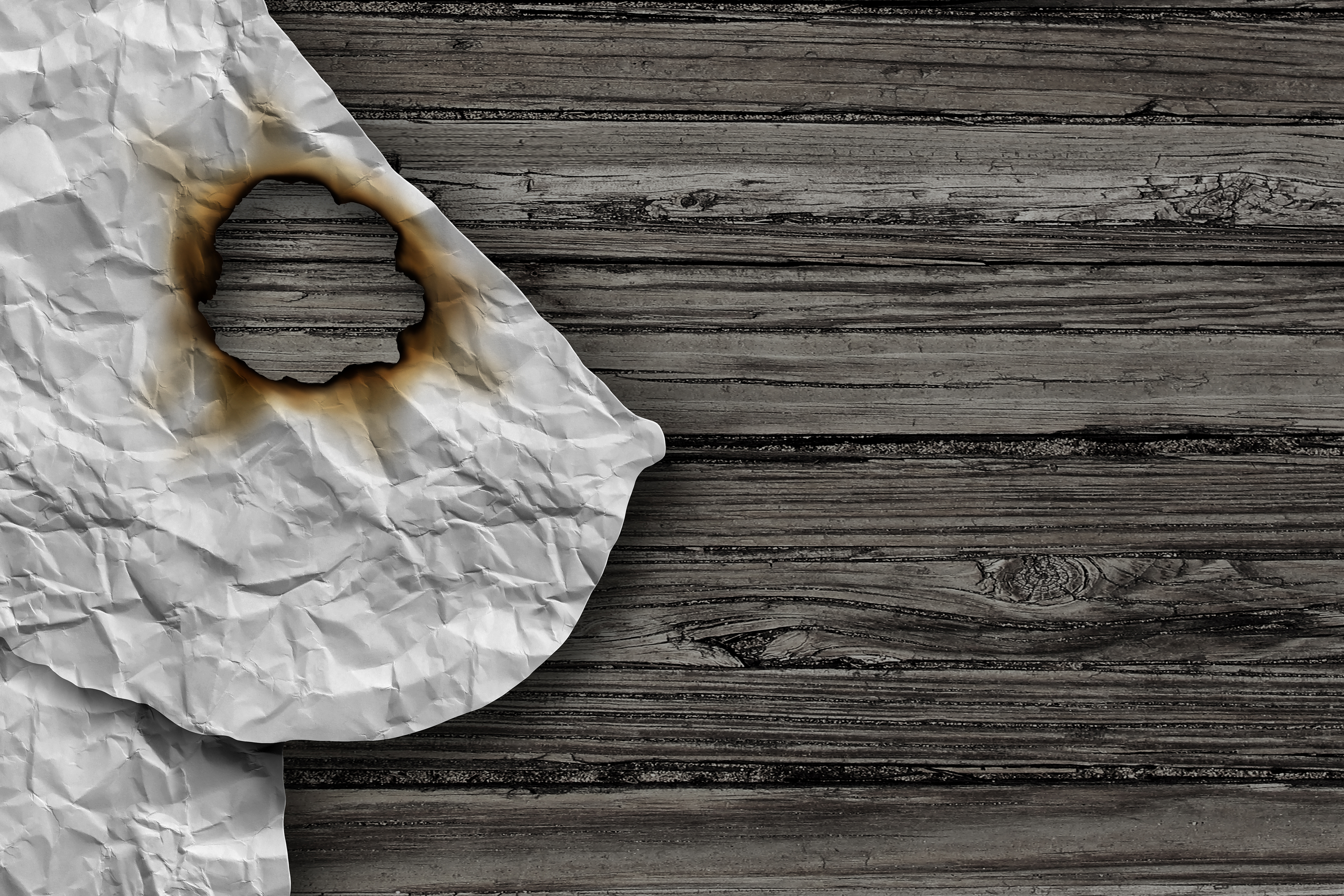Where Are Breast Cancer Lumps Are Usually Found?
Did you know breast cancer isn't always found in the same place? When it comes to breast cancer, understanding where are breast cancer lumps usually found can be significant when deciding on a treatment plan.
In this blog post, we'll take a closer look at various locations of breast cancer lumps and the treatment options available. Things such as the location of breast cancer lumps and cysts are discussed in this blog post. Keep reading to learn more about where your specific case could lead.
Breast Cancer Lumps are Most Often Located in
Knowing where are lumps usually found in breast cancer is an essential step in early detection. Breast cancer lumps can occur anywhere in or around the breast or armpit. However, they are most commonly located in the lower outer part of the breast.
This area contains more glandular breast tissue, making it particularly susceptible to this type of cancer. Women should give themselves regular self-exams to familiarize themselves with their bodies and notice any changes that may indicate an underlying issue. It will help them in early detection if breast cancer is present in them. What might seem like a small lump could be cancerous, and early detection is key! It is never too early to take charge of your health and wellness and get checked out by a professional if there is any suspicion that something may be off. Therefore, it is highly advised to visit a medical professional if patients think they have breast cancer symptoms.
It is important to remember that not all kinds of lumps present in the breast or armpit may not be a symptom of breast cancer, as non-cancerous lumps often occur in those areas of the body.
Where Are Breast Cysts Usually Located?
It is essential to know where are breast cysts usually located because they are pretty common and usually not a cause for alarm. Generally, breast cysts are located in either or both breasts, usually close to the surface. This can vary in size, ranging from very small and undetectable to larger than a golf ball.
Depending on their location, you may be able to feel them or detect them in an ultrasound. Usually, the larger ones are easier to locate. Breasts have many different areas that can contain cysts, including the upper outer quadrant, upper inner quadrant, lower outer quadrant and lower inner quadrant of the right or left breast. It is crucial to monitor any changes in the size or texture of any lumps you find so you can inform your doctor if necessary.
What Does A Breast Cancer Lump Feel Like?
Breast cancer lumps can manifest in a variety of ways. If you suspect a lump in your breast, you must be curious to know what does a breast lump feel like.
The most common type of lump related to breast cancer will typically feel rigid and firm, with irregular edges. It is likely to be immovable and remain unchanged even if you press or massage the area where it is located. Breast cysts, which are not related to cancer, are usually more mobile and are found closer to the surface of the breast. It may feel like a thick fluid-filled sac that moves slightly when touched. Since you now know where are breast cysts usually located, you must see your doctor if you suspect a lump on your breast so they can complete an examination and appropriate tests to reach an accurate diagnosis.
Here's what to do if you feel a Lump
If you detect a lump in your body that didn't exist before, you must take action and visit a doctor.
- Your first step should be scheduling an appointment with your primary care physician or a specialist such as an endocrinologist. Do not be late if you think you have the symptoms of breast cancer, and visit a doctor at the earliest. Having the lump checked out immediately is essential to get an accurate diagnosis of what is causing the growth and whether further treatment is needed
- During your appointment, the doctor will typically review your medical history and ask questions about symptoms you may be experiencing. They may also perform a physical exam on the area, feeling for any differences in size or shape from usual lumps in the same body region. Not all lumps are malignant (cancerous) and can be benign (non-cancerous) too, and the doctor will determine it after the checkup.
- The doctor may also order imaging tests such as X-rays, CT scans, ultrasounds, or MRIs to get a better look at the lump and determine if it is cancerous.
- If the doctor determines that proton therapy may be an appropriate treatment option for you, they will refer you to a proton therapy center such as an Apollo Hospital and coordinate with other health care providers involved in your care. Proton therapy is a huge advancement in research about cancer treatment, and lots of patients affected with breast nowadays are advised with the therapy.
Proton therapy by Apollo Hospitals is an advanced mode of radiation therapy that assists doctors in fine-tuning radiation doses directly to cancer cells. With proton therapy, radiologists can accurately pinpoint abnormalities within the body and provide optimal treatment for those affected by breast cancer.
Conclusion
Now that you know where are breast cancer lumps usually found, it's crucial to perform a self-exam monthly. If you notice any lump, don't hesitate to visit your doctor immediately for further evaluation or any questions or concerns. Women are suggested to perform routine self-check-ups to become aware of their bodies and recognize any changes that could point to any problem if present.

Copyright © 2023 Apollo Proton Cancer Centre. All Rights Reserved





